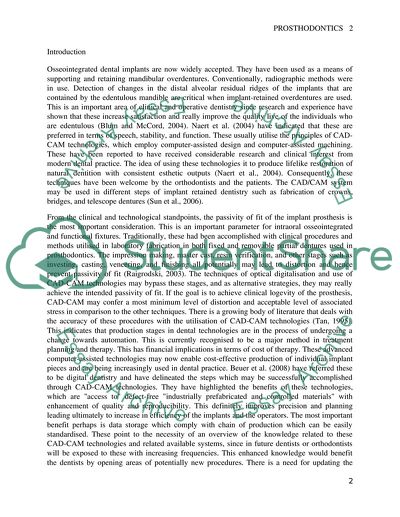Cite this document
(The Role of CAD-CAM Technology in Implant-Retained Prosthodontics Research Paper, n.d.)
The Role of CAD-CAM Technology in Implant-Retained Prosthodontics Research Paper. Retrieved from https://studentshare.org/medical-science/1732771-role-of-cad-cam-technology-in-implant-retained-prosthodonticsdentistry
The Role of CAD-CAM Technology in Implant-Retained Prosthodontics Research Paper. Retrieved from https://studentshare.org/medical-science/1732771-role-of-cad-cam-technology-in-implant-retained-prosthodonticsdentistry
(The Role of CAD-CAM Technology in Implant-Retained Prosthodontics Research Paper)
The Role of CAD-CAM Technology in Implant-Retained Prosthodontics Research Paper. https://studentshare.org/medical-science/1732771-role-of-cad-cam-technology-in-implant-retained-prosthodonticsdentistry.
The Role of CAD-CAM Technology in Implant-Retained Prosthodontics Research Paper. https://studentshare.org/medical-science/1732771-role-of-cad-cam-technology-in-implant-retained-prosthodonticsdentistry.
“The Role of CAD-CAM Technology in Implant-Retained Prosthodontics Research Paper”, n.d. https://studentshare.org/medical-science/1732771-role-of-cad-cam-technology-in-implant-retained-prosthodonticsdentistry.


